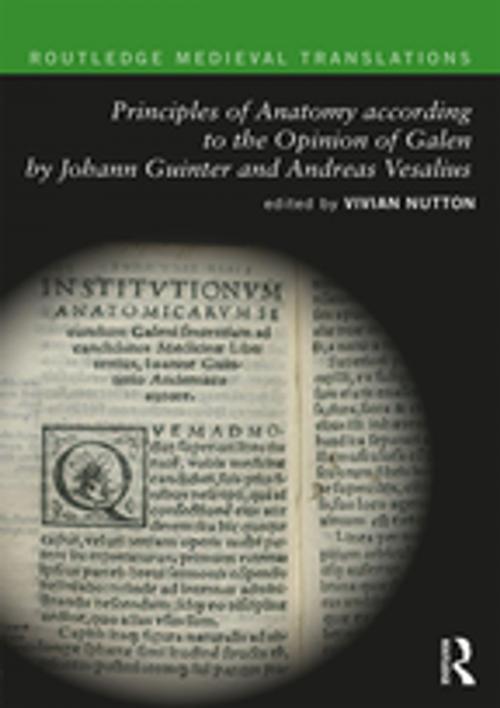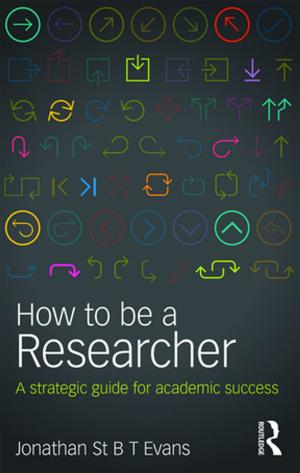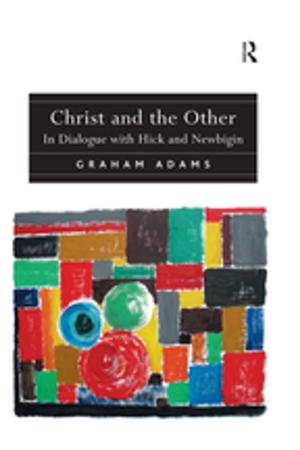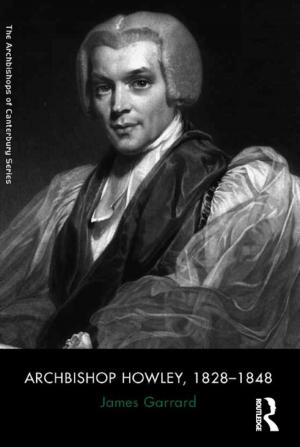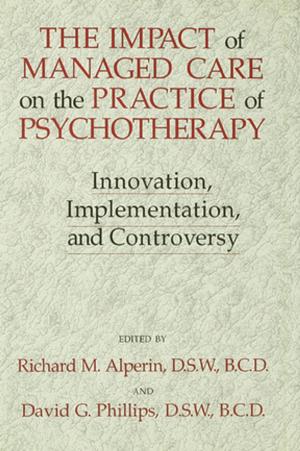Principles of Anatomy according to the Opinion of Galen by Johann Guinter and Andreas Vesalius
Nonfiction, History, Modern, 17th Century, European General| Author: | ISBN: | 9781351981156 | |
| Publisher: | Taylor and Francis | Publication: | March 16, 2017 |
| Imprint: | Routledge | Language: | English |
| Author: | |
| ISBN: | 9781351981156 |
| Publisher: | Taylor and Francis |
| Publication: | March 16, 2017 |
| Imprint: | Routledge |
| Language: | English |
Principles of Anatomy according to the Opinion of Galen is a translation of Johann Guinter’s textbook as revised and annotated by Guinter’s student, Andreas Vesalius, in 1538. Despite Vesalius’ fame as an anatomist, his 1538 revision has attracted almost no attention. However, this new translation shows the significant rewrites and additional information added to the original based on his own dissections. 250 newly discovered annotations by Vesalius himself, published here in full for the first time, also show his working methods and ideas.
Together they offer remarkable insights into Vesalius’ intellectual biography and the development of his most famous work: De humani corporis fabrica, 1543. An extensive introduction by Vivian Nutton also provides new information on Johann Guinter, and his substantial use of Vesalius’ work for his own revised version of the text in 1539. Their joint production, a student textbook, is set against a background of the development of Renaissance anatomy, and of attitudes to their ancient Greek predecessor, Galen of Pergamum.
This text will be of great interest to historians of science and medicine, as well as to Renaissance scholars.
Principles of Anatomy according to the Opinion of Galen is a translation of Johann Guinter’s textbook as revised and annotated by Guinter’s student, Andreas Vesalius, in 1538. Despite Vesalius’ fame as an anatomist, his 1538 revision has attracted almost no attention. However, this new translation shows the significant rewrites and additional information added to the original based on his own dissections. 250 newly discovered annotations by Vesalius himself, published here in full for the first time, also show his working methods and ideas.
Together they offer remarkable insights into Vesalius’ intellectual biography and the development of his most famous work: De humani corporis fabrica, 1543. An extensive introduction by Vivian Nutton also provides new information on Johann Guinter, and his substantial use of Vesalius’ work for his own revised version of the text in 1539. Their joint production, a student textbook, is set against a background of the development of Renaissance anatomy, and of attitudes to their ancient Greek predecessor, Galen of Pergamum.
This text will be of great interest to historians of science and medicine, as well as to Renaissance scholars.
